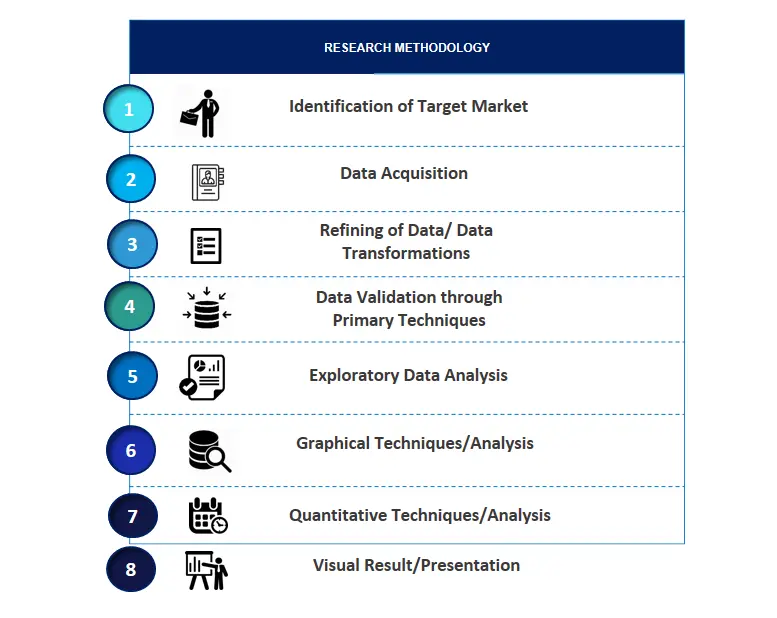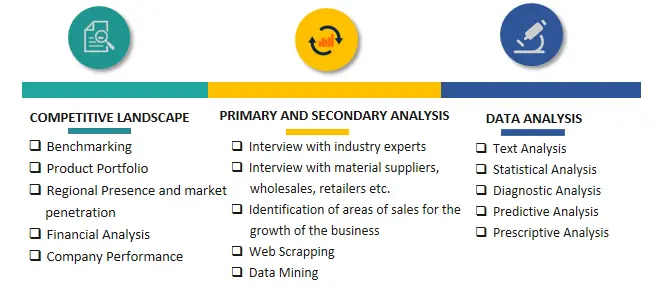
Probiotics Food & Cosmetics Market Size, Share, Demand and Future Trends 2030
Probiotics Food & Cosmetics Market Size, Share & Trends Analysis By Product Types, By Ingredient, By Distribution Channel, Regional Outlook, Competitive Strategies and Segment Forecasts to 2030
| Published: Feb-2022 | Report ID: FOOD2212 | Pages: 1 - 208 | Formats*: |
| Category : Food & Beverages | |||
| Report Metric | Details |
| Market size available for years | 2019-2030 |
| Base year considered | 2021 |
| Forecast period | 2022-2030 |
| Segments covered | By product type, By ingredient, By Distribution channel, By Region |
| Geographies covered | North America, Europe, Asia Pacific, South America and Rest of the World |
| Companies Covered | Archer Daniels Midland Company, Aurelia London, BioGaia, Biomilk, Skincare, Danone, DuPont, Eminence Organic Skin Care, Esse Skin Care, Estee Lauder, Gallinee Microbiome Skincare, General Mills, Glowbiotics LLC,Kerry, LaFlore Probiotic Skincare,L'Oreal,Morinaga Milk Industry Co., Ltd., Nestle, Probi Ab, TULA Skincare,Yakult Honsha |
4.1. Introduction4.2. Market Dynamics
4.2.1. Drivers4.2.2. Restraints4.2.3. Opportunities4.2.4. Challenges
4.3. COVID-19 Impact on the Probiotics Food & Cosmetics Market4.4. Market Trends
5.1. Probiotics food & beverages5.2. Dietary Supplements5.3. Cosmetics
6.1. Bacteria6.2. Yeast
7.1. Hypermarkets/ Supermarkets7.2. Pharmacies/ Drugstores7.3. Specialty stores7.4. Online
8.1. North America8.2. Europe8.3. Asia Pacific8.4. South America8.5. Rest of the World
9.1. Introduction9.2. Market Share Analysis, By Key Players9.3. Competitive Scenario
9.3.1. Product Launches9.3.2. Partnerships, Collaborations and Agreements9.3.3. Acquisitions9.3.4. Expansions9.3.5. Other Developments
10.1. Archer Daniels Midland Company10.2. Aurelia London10.3. BioGaia10.4. Biomilk Skincare10.5. Danone10.6. DuPont10.7. Eminence Organic Skin Care10.8. Esse Skin Care10.9. Estee Lauder10.10. Gallinee Microbiome Skincare10.11. General Mills10.12. Glowbiotics LLC10.13. Kerry10.14. LaFlore Probiotic Skincare10.15. L'Oreal10.16. Morinaga Milk Industry Co., Ltd.10.17. Nestle10.18. Probi Ab10.19. TULA Skincare10.20. Yakult Honsha
SPER Market Research’s methodology uses great emphasis on primary research to ensure that the market intelligence insights are up to date, reliable and accurate. Primary interviews are done with players involved in each phase of a supply chain to analyze the market forecasting. The secondary research method is used to help you fully understand how the future markets and the spending patterns look likes.
The report is based on in-depth qualitative and quantitative analysis of the Product Market. The quantitative analysis involves the application of various projection and sampling techniques. The qualitative analysis involves primary interviews, surveys, and vendor briefings. The data gathered as a result of these processes are validated through experts opinion. Our research methodology entails an ideal mixture of primary and secondary initiatives.



Frequently Asked Questions About This Report
PLACE AN ORDER
Year End Discount
Sample Report
Pre-Purchase Inquiry
NEED CUSTOMIZATION?
Request CustomizationCALL OR EMAIL US
100% Secure Payment






Related Reports
Our Global Clients
Our data-driven insights have influenced the strategy of 200+ reputed companies across the globe.




















